deepeye.hu
Astronomical Drawings of Peter Kiss
Astronomical Drawings of Peter Kiss




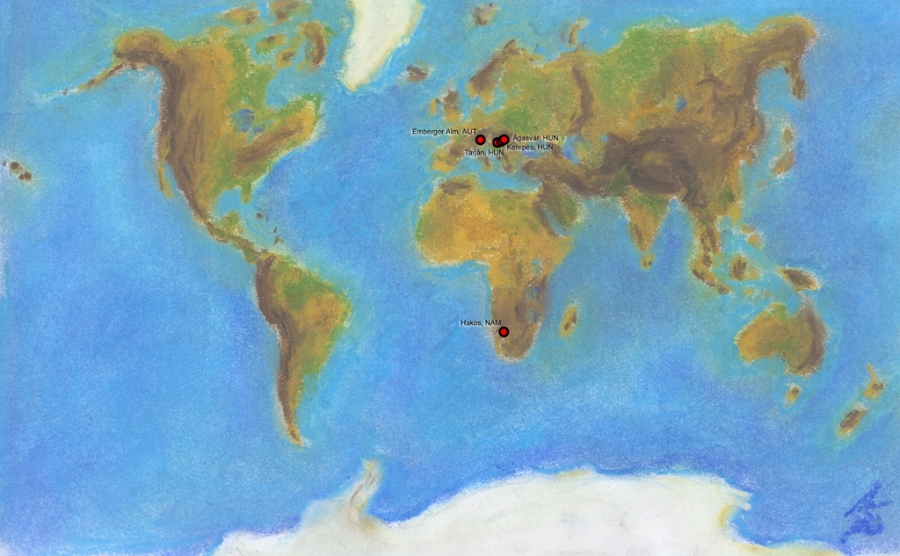

The town of Kerepes, home to almost 10000 people lies 21 km away from Budapest, the capital of Hungary. With these parameters Kerepes is not the dream of many amateur astronomers. There is a huge amount of light pollution. Surprisingly the sky is still usable. The naked eye limiting magnitude is about 5.5 around the Pole on exceptionally good nights. I have already seen the northernmost bright stars in the constellation of Centaurus with a pair of little 8x30 binoculars from the little spot behind our house which is protected from direct street lights.
In my deep-sky drawings I sometimes use the following tactic. I draw the star field from Kerepes and then I draw the object from Ágasvár where the sky is much darker. It can happen that the object cannot even be seen from the light polluted sky of Kerepes. When I am lucky I can see the object in the darker sky.
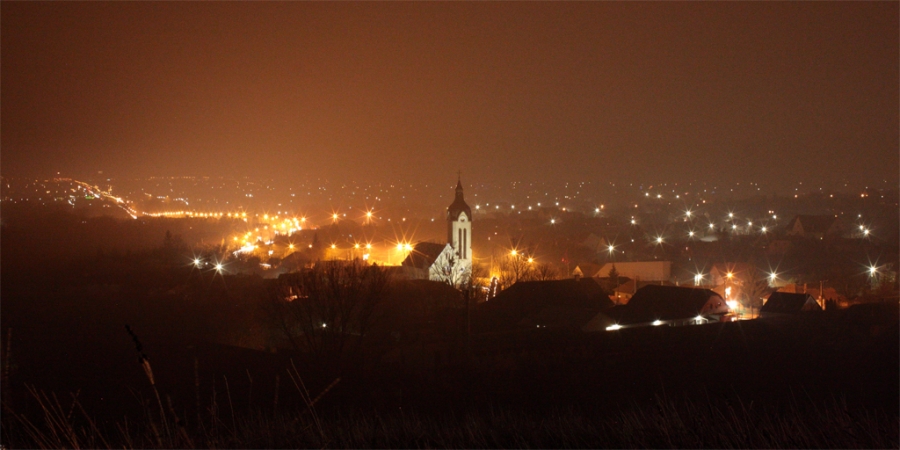

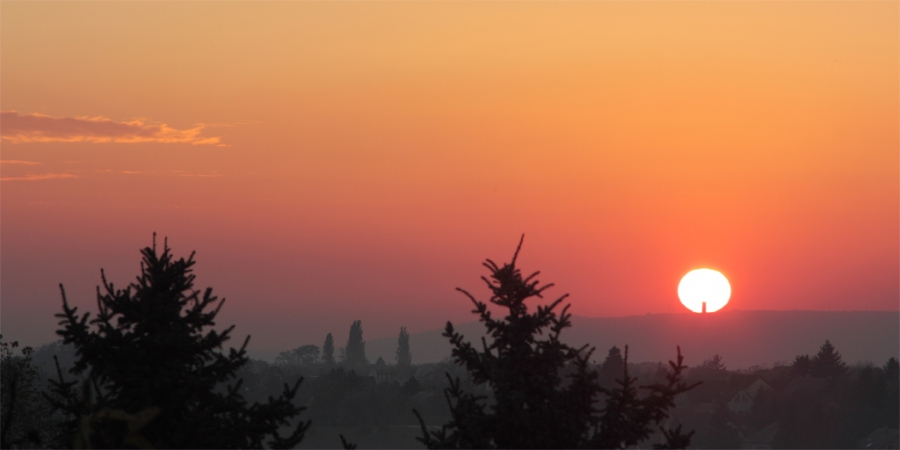
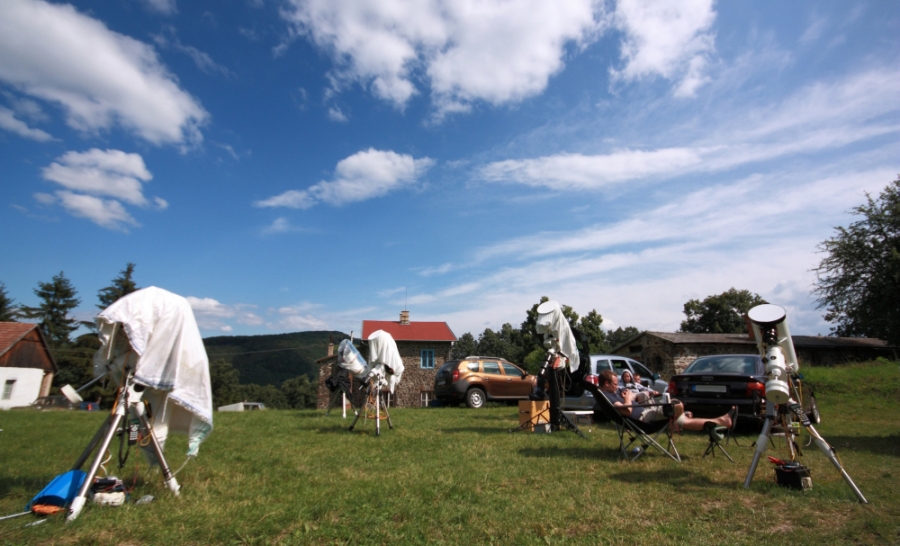
One of the most pleasant spots of the Mátra mountains is Ágasvár and its neighborhood. The Mátra moutains are our highest hills with elevations up to 1015 m. The meadow where we set up our telescopes lies 635 m above mean sea level next to the Ágasvár Hut which is in the saddle between the peaks Ágasvár and Óvár. The closest villages are 4 km away so the light pollution is not that critical. In the winter the lights of the ski park (4 km away) are hindering our observations. The cities Gyöngyös, Pásztó and Budapest are also visible at night.
This is the number one observing place where I make my deep-sky drawings. There is usually an observing week at Ágasvár in the summer. This is when you can see the greatest number of amateur astronomers here. Our hosts, János Juhász and his family are always warmly welcoming us.

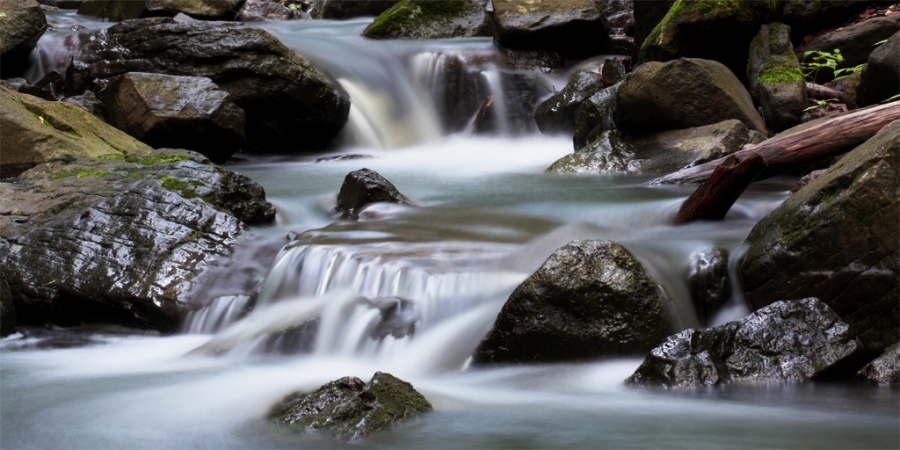
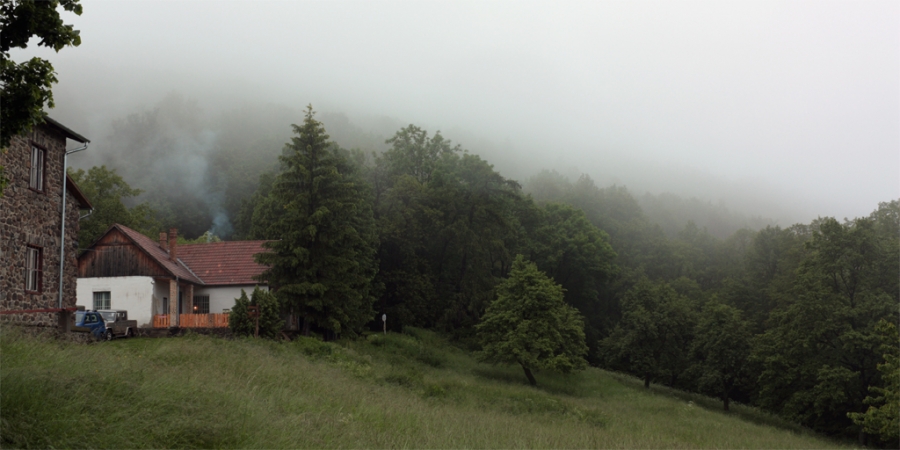
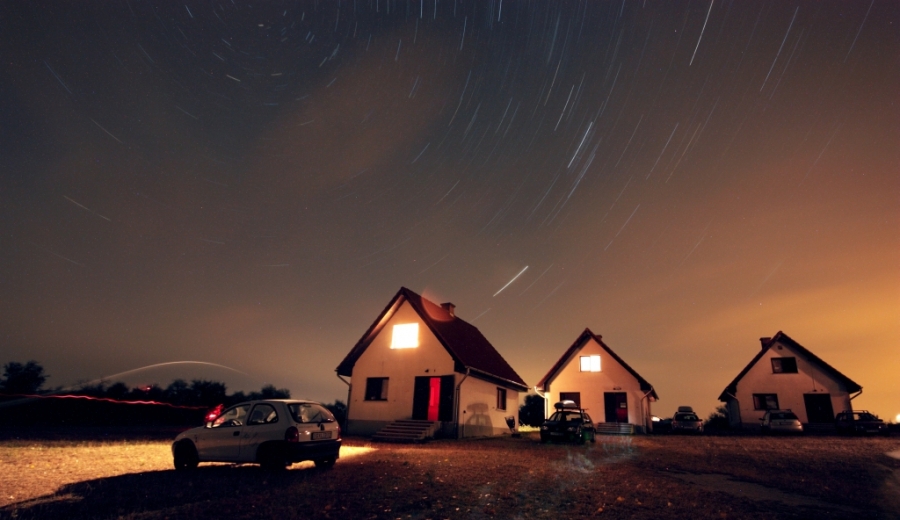
The great annual star party of the Hungarian Astronomical Association is held at the German Nationality Youth Camp between the towns Tarján and Tatabánya for many years now.
The amateur astronomers come here from all over Hungary ot meet at least once a year. But besides this the sky is not unusable either. The lights of the cities Tatabánya and Budapest are pretty bright but the light pollution is not that extreme. I have made some drawings from here which are very close to my heart.
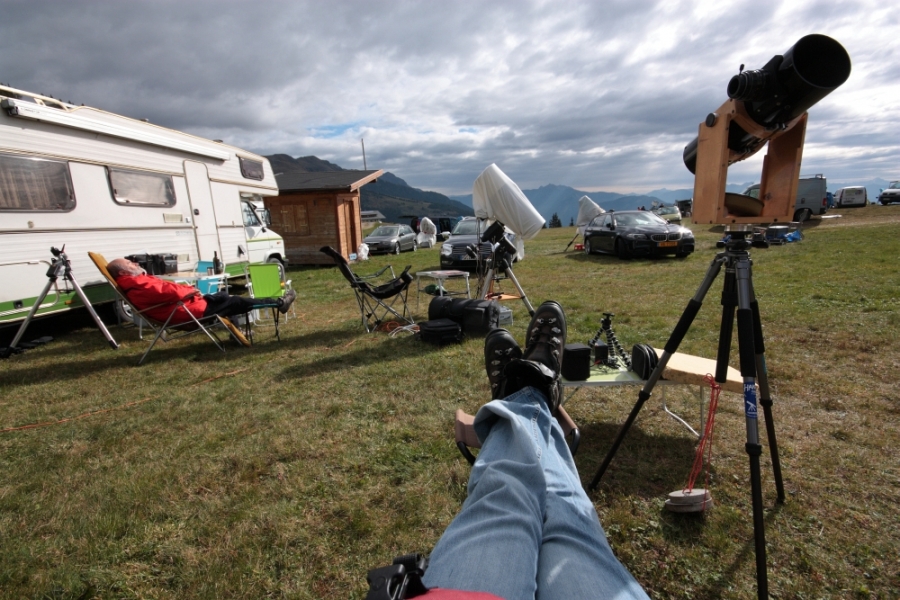
In the September of 2014 Tibor Csukovics invited me to join them on the 30. ITT (Internationales Teleskoptreffen) which was held at Emberger Alm at the elevation of 1755 m above mean sea level in the Ober Drautal above the village of Greifenburg in Austria.
This place is among the mountains of the Alps and it is fantastic if you have nice weather: there is a good view towards the south and the light pollution is not critical. Only the cities Spittal and Villach are somewat bothering towards the east. But the weather can change very fast just like anywhere in the Alps. It can happen that a locally formed cloud suddenly covers the Alm in 5 minutes. It is also not uncommon that the relative humidity is very high.
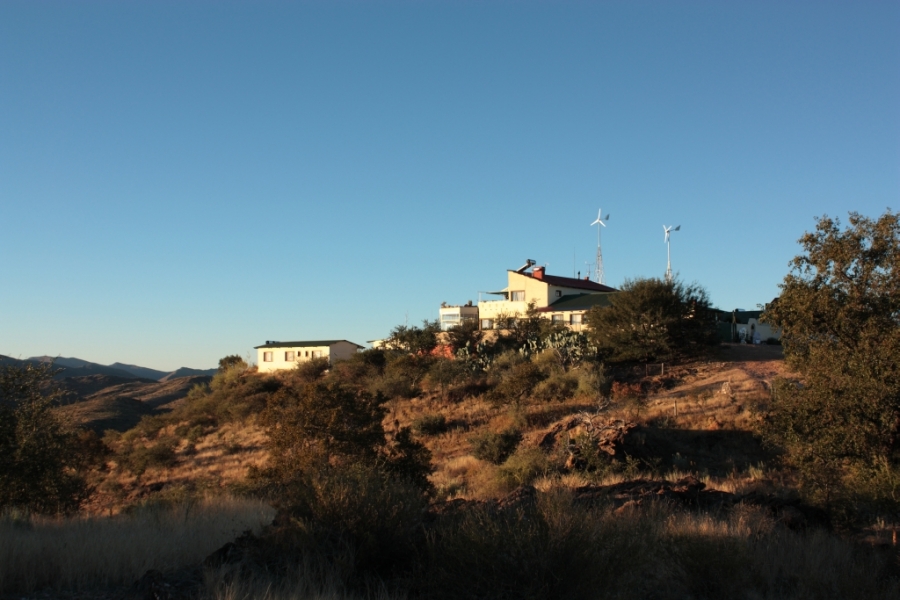
The Hakos Astrofarm, about 140 km away from Windhoek, the capital of Namibia is the ideal place to observe deep-sky. There is no light pollution. The closest source of light is the capital which lies in a valley - it is barely noticable. The mountains and the clouds are completely black at night. Hakos lies 1835 m above mean sea level. The relative humidity is very low. The weather is very stable, there are many clear nights in the dry season. It is not uncommon that besides the transparency the seeing is very good as well. Only the wind can be a little disturbing. It can blow a lot of sand into the telescopes in this dry place.
The Hakos Astrofarm lead by Walter Straube and his family is a true gem. They warmly welcome the amateur astronomers and they perfeclty know what we need.